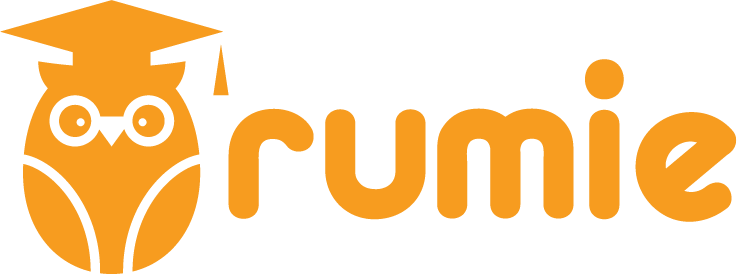What if I told you that taking short, fun breaks throughout the school day could actually improve your students' learning and behavior?

It might sound too good to be true, but incorporating brain breaks for kids into your elementary school classroom can have a significant positive impact on students' attention, memory, and overall well-being.
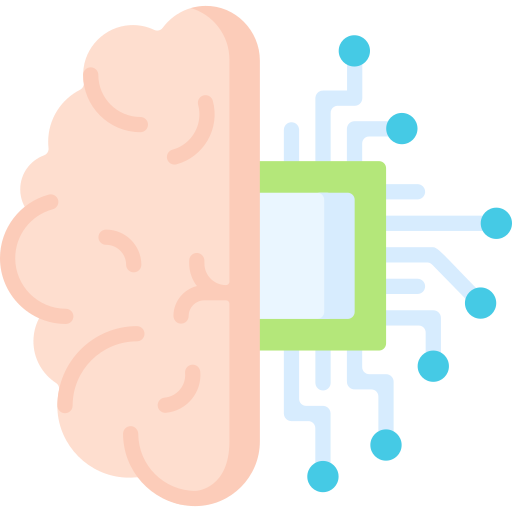
A few minutes of break time can transform your classroom and help your students thrive academically and socially.
The Power of Pause
A brain break is a short mental break that involves a physical or mental activity designed to help students:

refocus, leading to improved academic performance
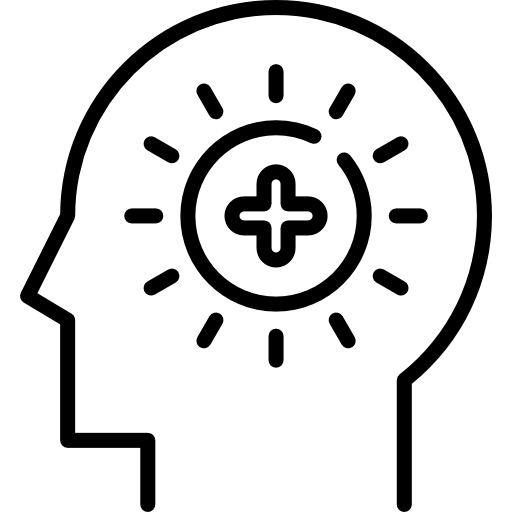
enjoy a positive classroom environment with social interaction and play

reduce stress and anxiety, promoting well-being

imitate healthy self-care habits, promoting balance and wellness
Watch this informative video if you want to find out more about the importance of brain breaks for kids(1:56):
Quiz
What is a brain break?
The Power of Play
Have you ever noticed that after a long period of sitting and listening, students start to fidget, daydream, or lose focus? It's not because they're lazy or unmotivated — it's because their brains and bodies need a break!

By providing short bursts of physical activity and social interaction, we can help students:
recharge their energy
boost their cognitive function
prepare them for the next phase of learning
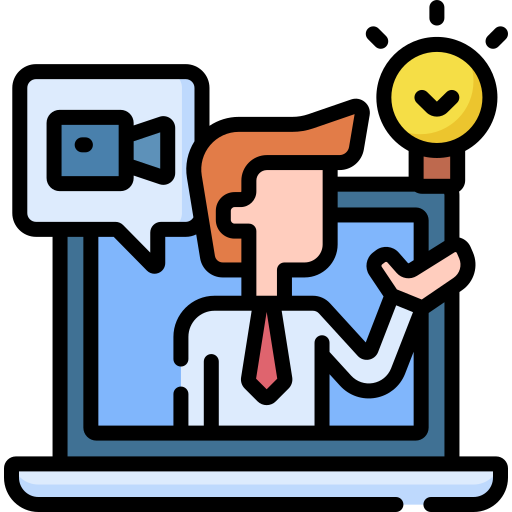
Here are some brain break ideas from teachers that include movement and play. Let's get inspired!
Quiz
What are some examples of movement-based brain breaks? Select all that apply.
The Power of Mindfulness
Imagine a classroom full of students who are feeling anxious, stressed, and overwhelmed by the demands of the school day. You notice that they're having a hard time staying focused and engaged in their work.
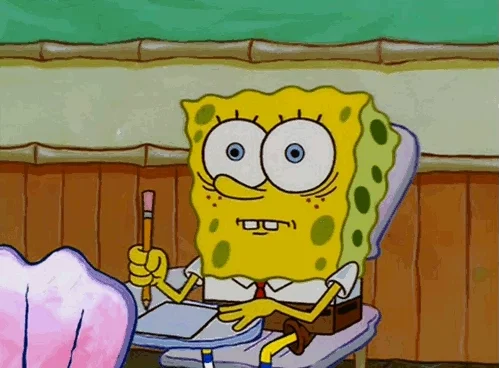
By providing breathing exercises and mindfulnessin your regular break sessions, you can help your students:
stay engaged in a more energetic environment
learn the ability to pay attention by filtering out distractions
become less critical of themselves

The Mindfulness Teacher YouTube channel is a wonderful place to find great content to improve your students' mental and emotional well-being.
Use shapes to teach deep breathing.Check out the video below for some ideas, or open the previous link for an accessible text description of shape techniques.
Take Action
 Photo by Kelly Sikkema on Unsplash
Photo by Kelly Sikkema on UnsplashHow can you approach brain breaks for kids in your classroom and incorporate them into your class schedule?
Your feedback matters to us.
This Byte helped me better understand the topic.
